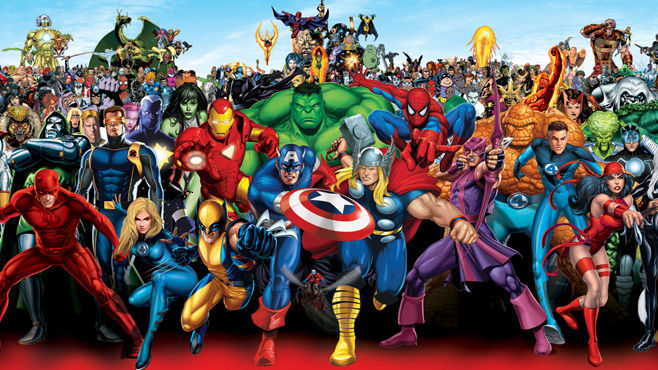Chapter 15
- Dave Macey

- Sep 11, 2015
- 2 min read

I must admit that with this chapter, it feels that I didn’t really grasp it, that I’ve only understood part of it.
He starts by stating that quality has now become quantity, meaning that the reaction of the masses is the new yardstick instead of personal reaction. To this end he writes:
The very much greater masses of participants have produced a changed kind of participation. (P33)
He then goes on to quote Duhamel who basically attacks the masses watching film for being unthinking and unreflective, which Benjamin neatly summarises when he asserts:
Clearly this is at the bottom of the old charge that the masses are looking for distraction whereas art calls for immersion on the viewers’ part (P33)
He then points out that distraction and immersion are opposites of where immersion creates a form of contemplation and that distraction absorbs the work of art . I think what he is driving at, is that immersion forms part of self reflection, where the viewer connects with the work of art and forms part of the aura, but distraction doesn’t have any of the self reflection but instead produces a preoccupation with the characters, the depiction of a reality, etc.
He then moves on to compare film with architecture and asserts that architecture provides a precursor for distraction and for being received by the masses. He then goes on to say that by using the senses of sight and touch or as he puts it “ocular and tactile”, gives us that level of distraction.
However I am not totally convinced by this comparison. A good example are the gothic arches which are used in churches and cathedrals to guide the gaze upward towards heaven. This then is meant to help the viewer to self reflect on the glory of God and to produce a sense of awe and wonder.
He then moves on to discuss how this distraction limits creativity. He says:
Through the sort of distraction that art has to offer, a surreptitious check is kept on how far fresh tasks of apperception have become solvable. (P35)
By film using two senses, vision and sound, and by conflicting with the cannon of art that only uses one sense, art limits what film can do. Also because of the reaction of the masses to film and creating a populist agenda by using distraction, the creativity of film is further limited and has become standardised. To prove this point, a glance at the releases by Hollywood should convincing, as they seem to be full of either superhero sequels because they appeal to the masses and fulfil the populist agenda.



Comments